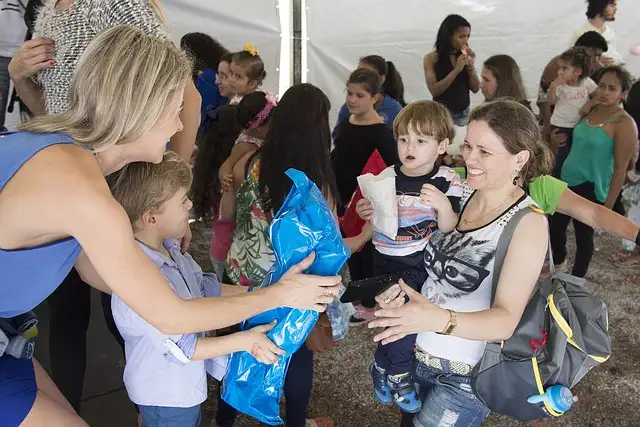
About environmental clean-ups community service
Environmental clean-ups as a form of community service involve taking action to clean and restore natural environments, such as parks, beaches, rivers, forests, or urban areas. These clean-up initiatives are essential in addressing environmental pollution, preserving ecosystems, and promoting community engagement in environmental stewardship. Here are some key points about environmental clean-ups as a community service activity:
- Purpose
- Organizing a Clean-up
- Volunteer Recruitment
- Execution
- Waste Management
- Education and Awareness
- Follow-up and Reflection
- Purpose: Environmental clean-ups aim to remove litter, debris, and pollutants from natural environments to improve their aesthetic appeal, protect wildlife, and enhance the overall health of ecosystems. They contribute to the conservation and preservation of local habitats and promote sustainable practices.
- Organizing a Clean-up: Organizing an environmental clean-up typically involves identifying a target area in need of cleaning, such as a beach or park, and obtaining necessary permissions or permits. Collaborating with local community groups, schools, environmental organizations, or government entities can help mobilize volunteers and garner support.
- Volunteer Recruitment: Spread the word about the clean-up event through community outreach, social media, local news outlets, and flyers. Encourage individuals, families, schools, and businesses to participate. Provide information about the importance of the clean-up and the positive impact it will have on the environment.
- Planning and Logistics: Determine the logistics, such as the date, time, duration, and meeting point for the clean-up. Ensure the availability of necessary supplies like gloves, trash bags, buckets, and cleaning tools. Consider safety measures, such as providing first aid kits and organizing proper waste disposal.
- Execution: On the day of the clean-up, provide a brief orientation to participants, emphasizing safety guidelines, the importance of waste separation (recyclables, non-recyclables), and the significance of preserving the natural environment. Divide volunteers into teams or assign specific areas for cleaning. Encourage participants to document the event through photos or videos for awareness and future promotion.
- Waste Management: Properly dispose of collected waste according to local regulations. Separate recyclables from non-recyclables and ensure that hazardous materials are handled and disposed of appropriately. Work with local waste management authorities or organizations for guidance on proper disposal methods.
- Education and Awareness: Use the clean-up event as an opportunity to educate participants and the wider community about the impact of pollution on the environment. Share information on sustainable practices, waste reduction, recycling, and responsible consumption. Encourage participants to continue adopting eco-friendly habits in their daily lives.
- Follow-up and Reflection: Express gratitude to all volunteers for their participation and contributions. Share the collective achievements of the clean-up, including the amount of waste collected and the positive changes observed in the environment. Encourage ongoing community involvement in maintaining cleanliness and raising awareness about environmental issues.
Environmental clean-ups as community service not only contribute to a cleaner environment but also foster a sense of collective responsibility, promote environmental education, and strengthen community bonds. By taking action and organizing or participating in clean-up initiatives, individuals can actively contribute to the protection and preservation of their local ecosystems.


